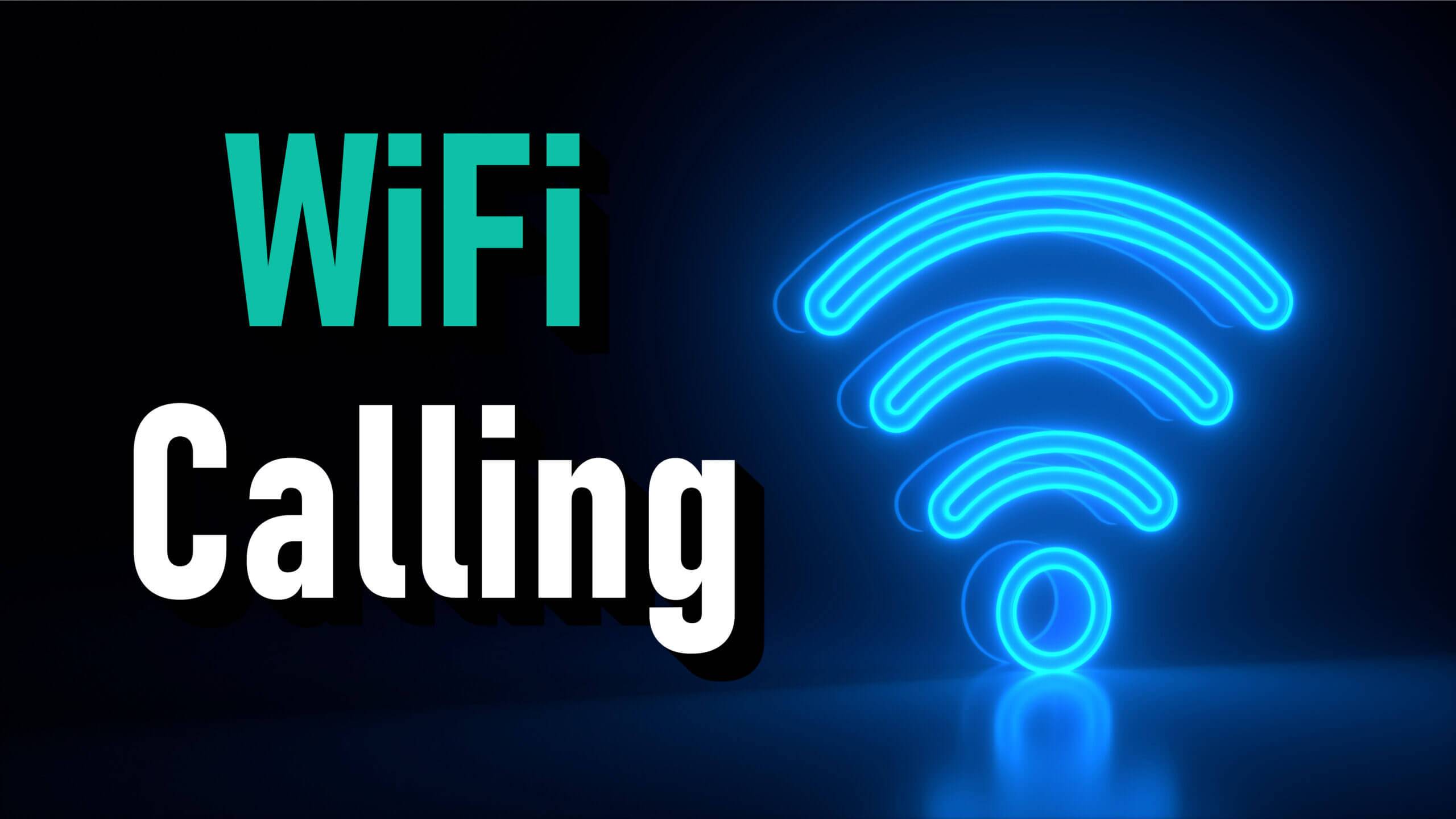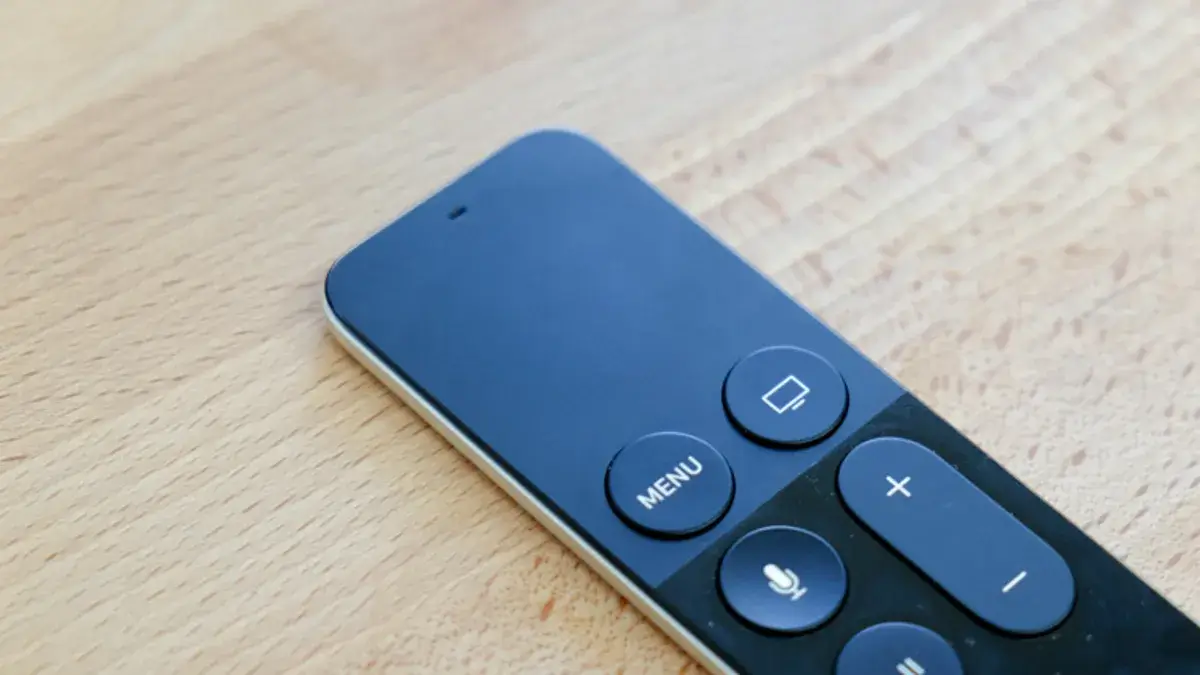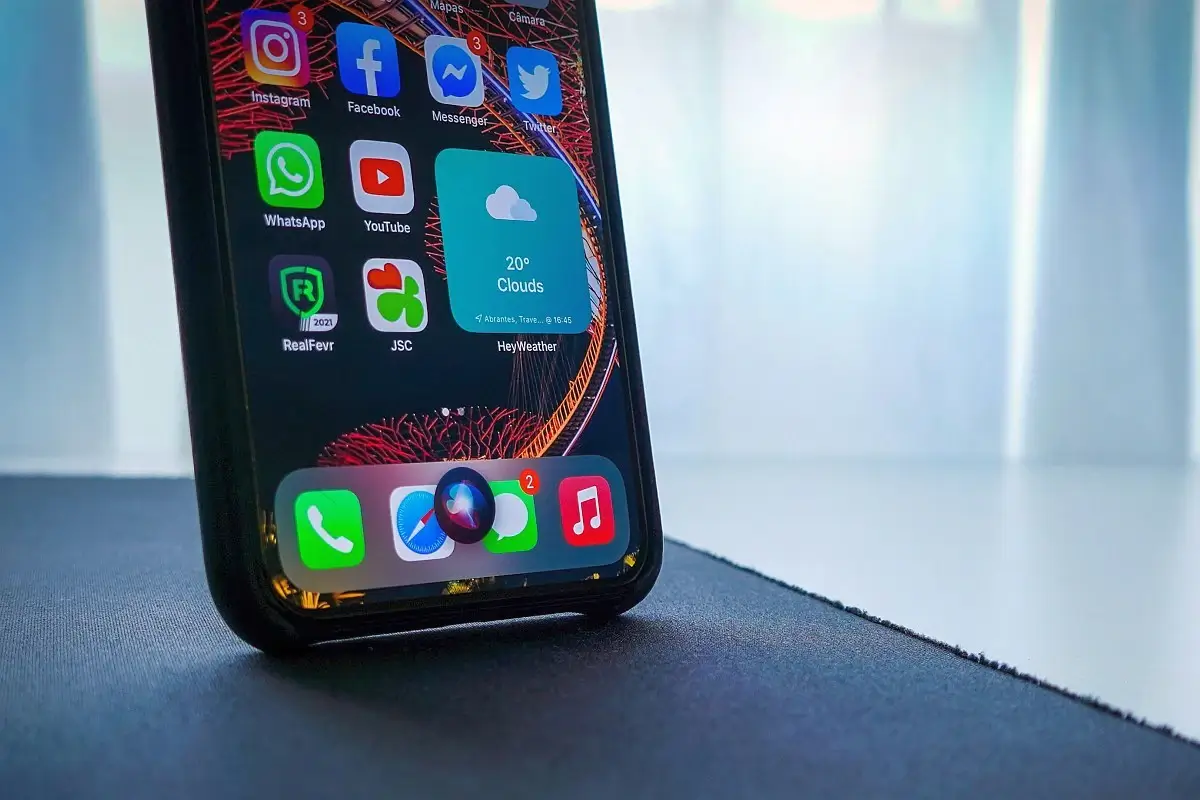What is Wi-Fi Calling?
Wi-Fi calling is a feature available on most smartphones that enables you to make and receive calls and texts using a Wi-Fi network instead of relying on a cellular connection. This can be particularly beneficial in areas with poor cellular reception.
How Does Wi-Fi Calling Work?
Wi-Fi calling operates through Voice over Internet Protocol (VoIP), which is the same technology that applications like WhatsApp, Skype, and Facebook Messenger use for internet-based calls. This method allows your phone to use the internet for calls, bypassing traditional cellular networks.
Requirements for Wi-Fi Calling:
- A stable Wi-Fi connection.
- A smartphone with Wi-Fi calling capability.
- A mobile service provider that supports Wi-Fi calling.
Steps in Wi-Fi Calling:
- Gear Up: Connect your Wi-Fi-enabled device to a Wi-Fi network.
- Initiate: Your call or message routes through your carrier’s servers using the Wi-Fi network.
- Connect: The carrier’s servers connect your call or message to the recipient’s network.
- Receive: The recipient gets your call or message through their network.
- Full Circle: Your conversation flows back and forth over the Wi-Fi connection.
VoIP & Wi-Fi Calling: The Difference
VoIP (Voice over Internet Protocol):
- Transforms your voice into digital signals for internet transmission.
- Utilized by apps like Skype, WhatsApp, and Google Meet.
Wi-Fi Calling:
- Integrated into smartphones by carriers using VoIP technology.
- Automatically switches to internet calls when connected to Wi-Fi, without needing a separate app.
Advantages and Disadvantages of Wi-Fi Calling
Advantages:
- Improved Coverage: Extends network reach, enabling calls in areas with weak cellular signals.
- Cost-Effective: Avoids roaming charges, especially for international calls.
- Reliable Home Connection: Utilizes close proximity to Wi-Fi routers, often ensuring better signal than distant cellular towers.
- Seamless Transition: Automatically switches between cellular and Wi-Fi networks.
- No Additional Apps: Built into your device, no need for extra apps.
Disadvantages:
- Dependent on Internet Speed: Poor Wi-Fi can lead to dropped calls or low-quality audio.
- Limited Availability: Not all carriers or phones support Wi-Fi calling.
- Power Consumption: Drains battery faster when connected to Wi-Fi for long periods.
- Emergency Services Limitation: May not provide accurate location information for emergency calls in some regions.
How to Enable Wi-Fi Calling on Your Phone
For Apple Devices:
- Open the Settings app.
- Tap Phone or Cellular.
- Select Wi-Fi Calling.
- Toggle Wi-Fi Calling on This iPhone to ON.
For Android Devices:
- Open the Settings app.
- Tap Connections, Network & Internet, or Cellular Networks (depending on your device).
- Find and toggle Wi-Fi Calling to ON.
When to Use Wi-Fi Calling
Wi-Fi calling is particularly useful in scenarios such as:
- Areas with poor cellular reception (basements, thick-walled buildings, rural locations).
- Overseas travel to avoid roaming charges.
- Preserving cellular data or limited voice minutes.
Identifying a Wi-Fi Call
You can usually tell if you’re on a Wi-Fi call by looking for indicators on your phone:
- Status Bar Icon: A Wi-Fi symbol or “Wi-Fi Call” text.
- Call Screen: A label like “Wi-Fi calling” during the call.
- Settings Verification: Checking if Wi-Fi calling is enabled in your phone’s settings.
Choosing the Type of Call
You can control whether your calls use Wi-Fi or cellular networks:
- Enable/Disable Wi-Fi Calling: Toggle Wi-Fi calling in your phone’s settings.
- Prefer Wi-Fi or Cellular: Set preferences in the Wi-Fi calling section.
- Manual Network Selection: Use airplane mode with Wi-Fi to force Wi-Fi calls.
JustCall for Business Calls
JustCall, a VoIP service, uses Wi-Fi for internet-based business calls on various devices. Benefits include:
- Flexibility to work from anywhere.
- Cost savings on international calls.
- Often better call quality.
- Simple setup and usage.
- Additional features like call forwarding and CRM integration.
Conclusion
Wi-Fi calling allows you to use the internet for phone calls, providing an alternative to cellular networks. It’s easy to set up, often cost-effective, and helps maintain connectivity in areas with poor cellular reception
I am Komal Hatwaani, aims to provide readers with informative and engaging content that covers everything from technology and business to entertainment and lifestyle. This website dedicated to delivering high-quality content that informs, entertains, and inspires our readers.
Join us on our journey as we continue to explore the ever-evolving landscape of news and information, providing you with valuable insights and perspectives that enrich your digital experience.













